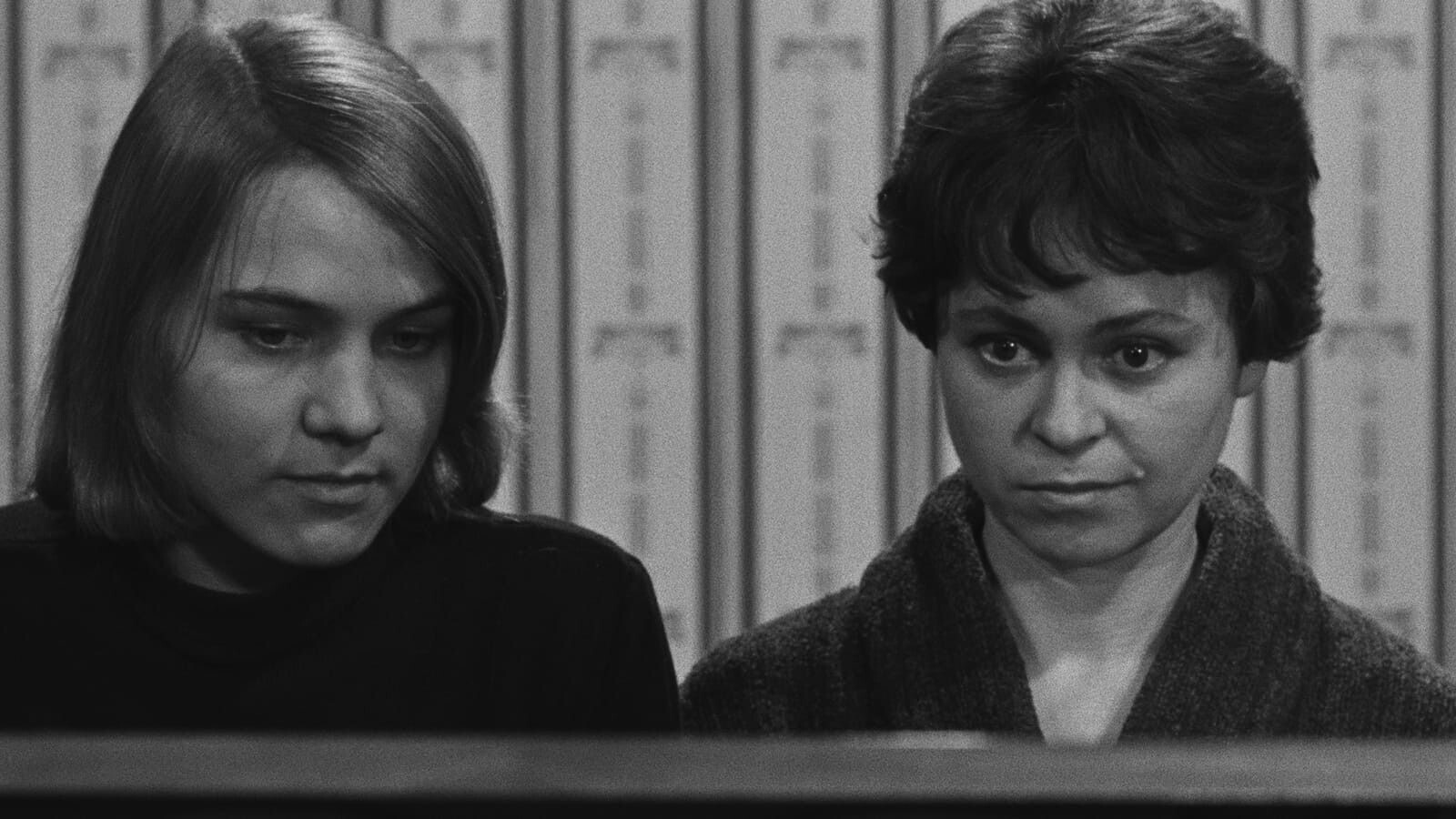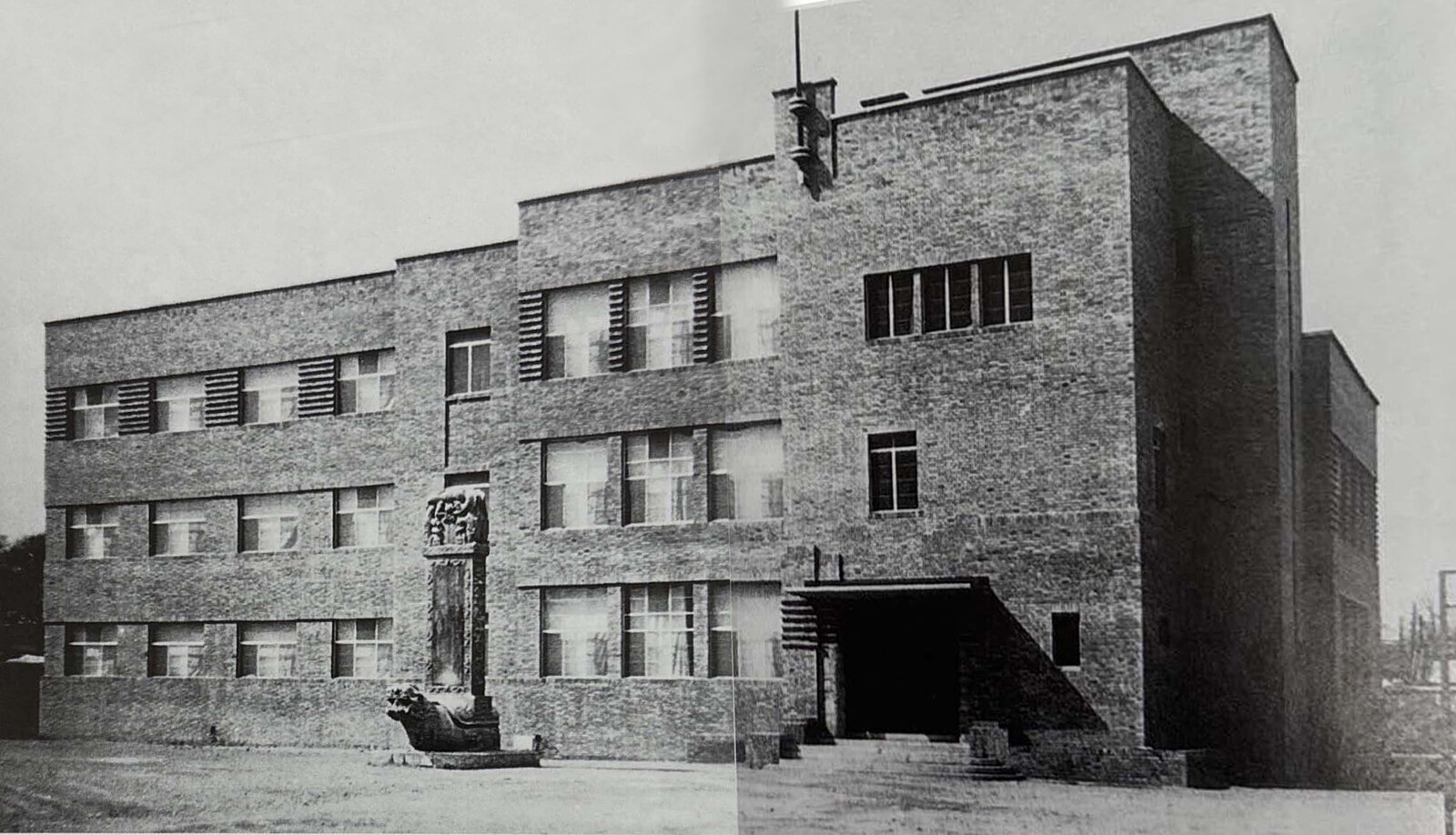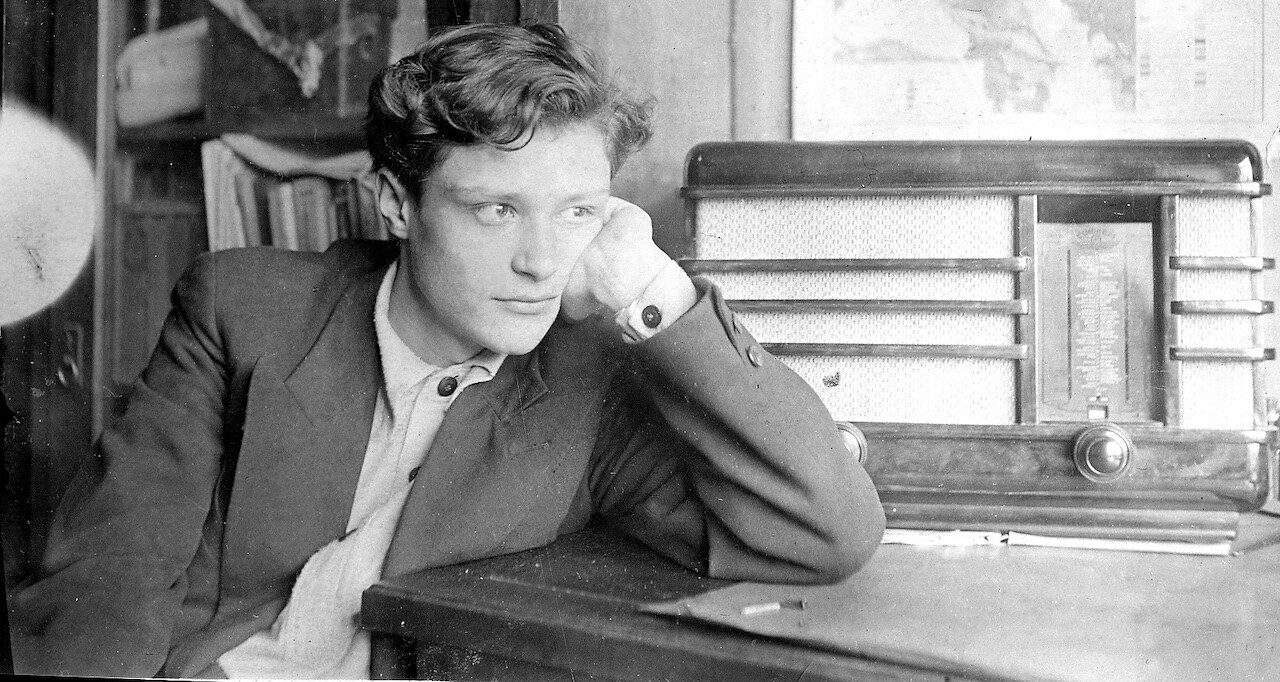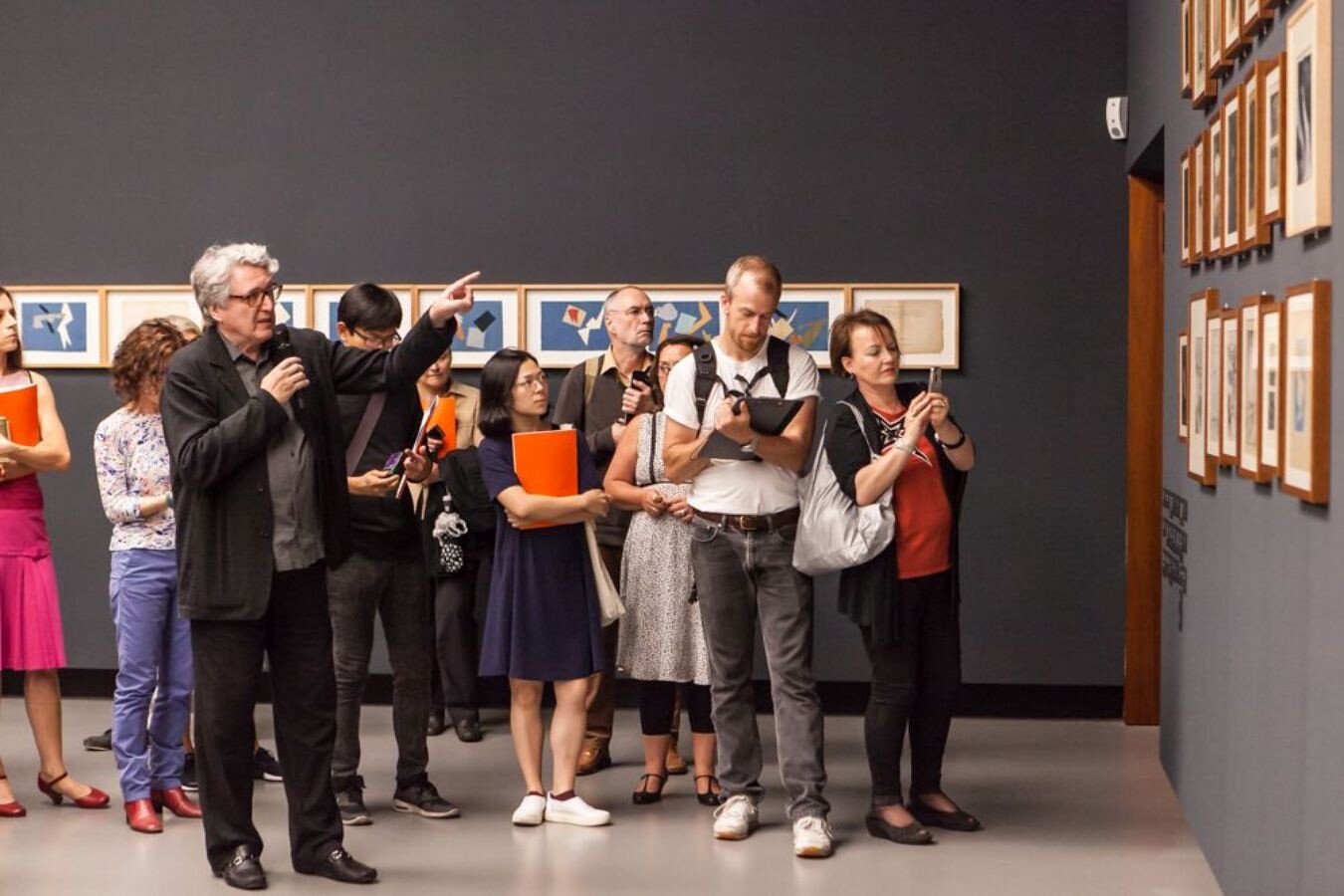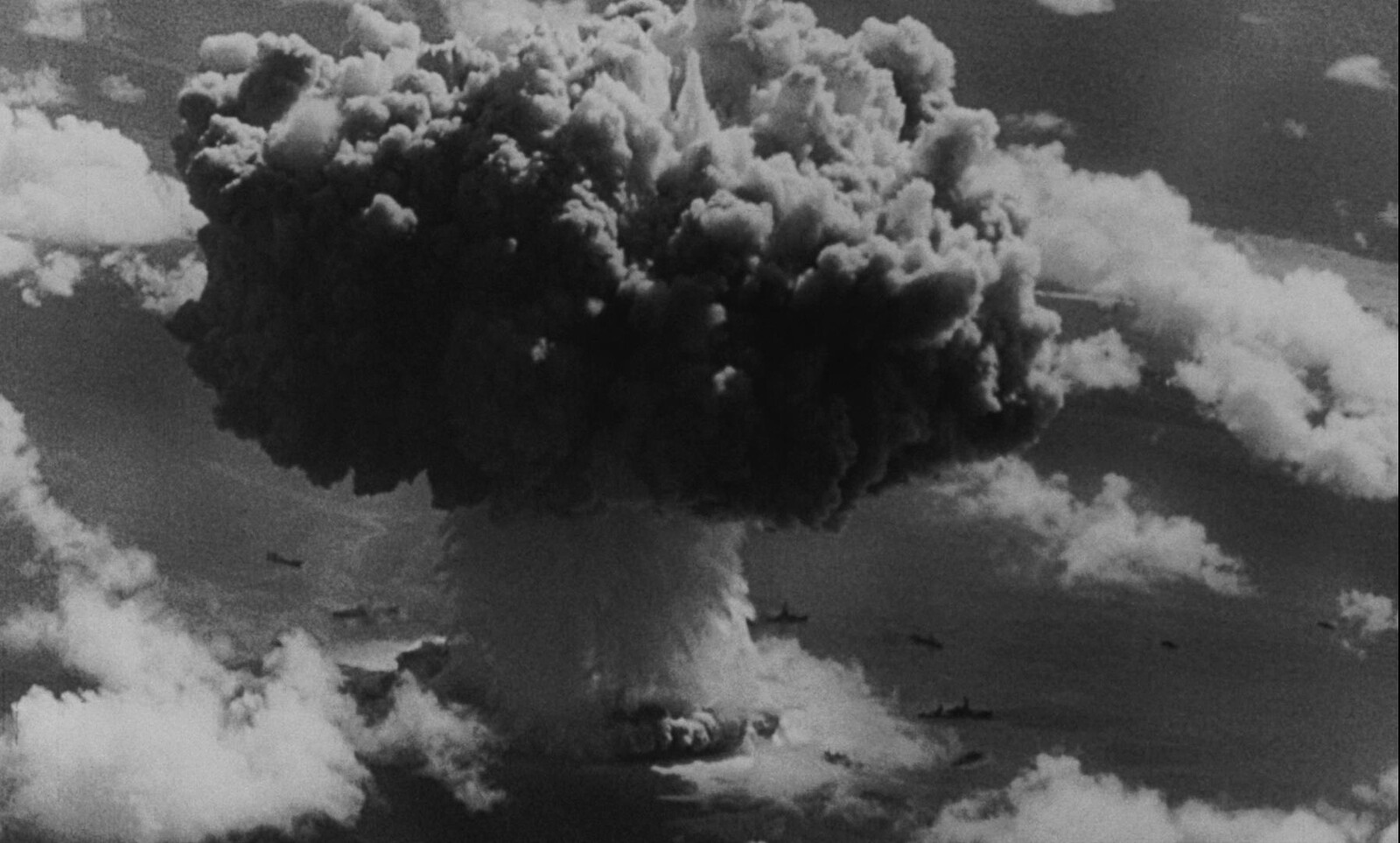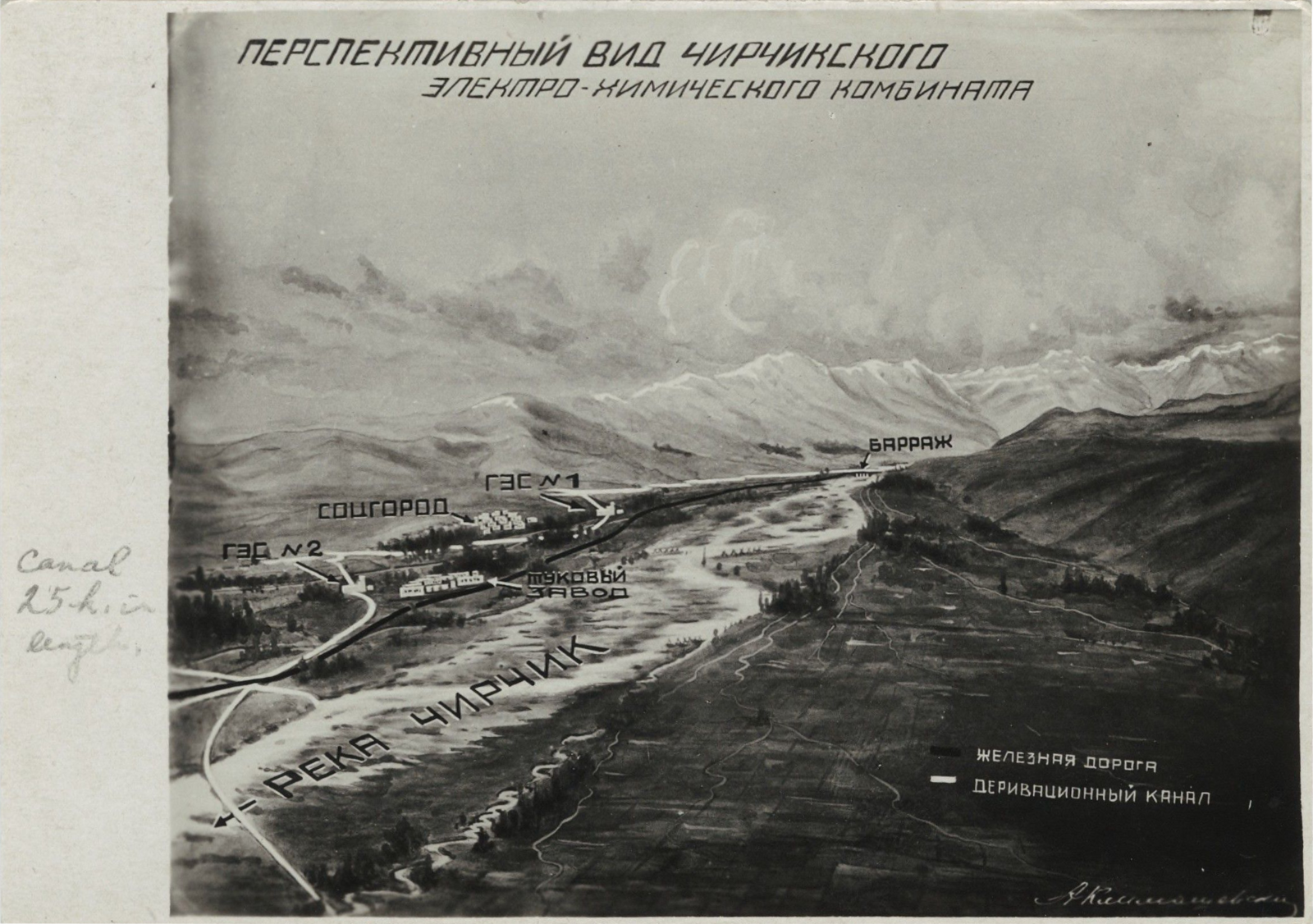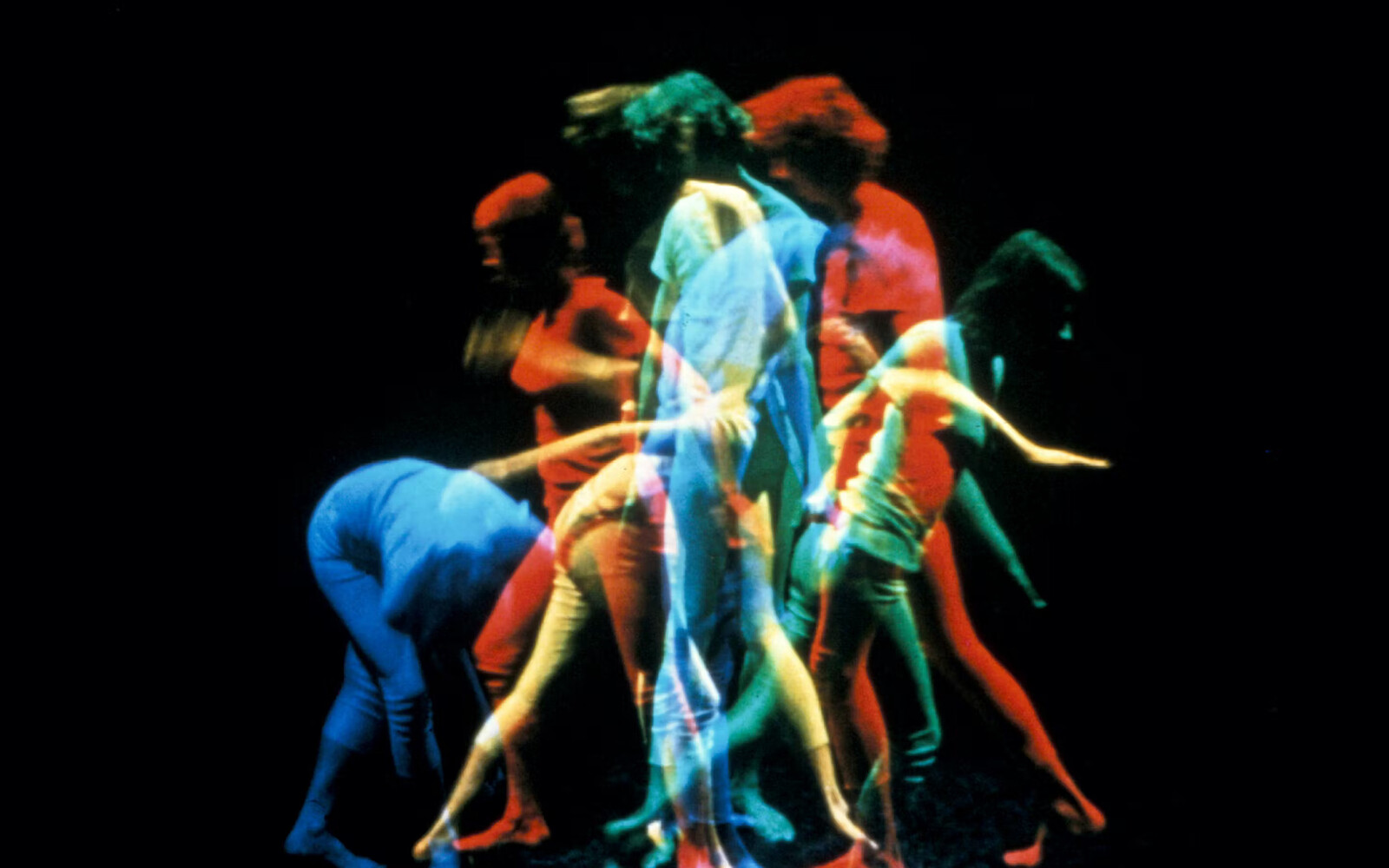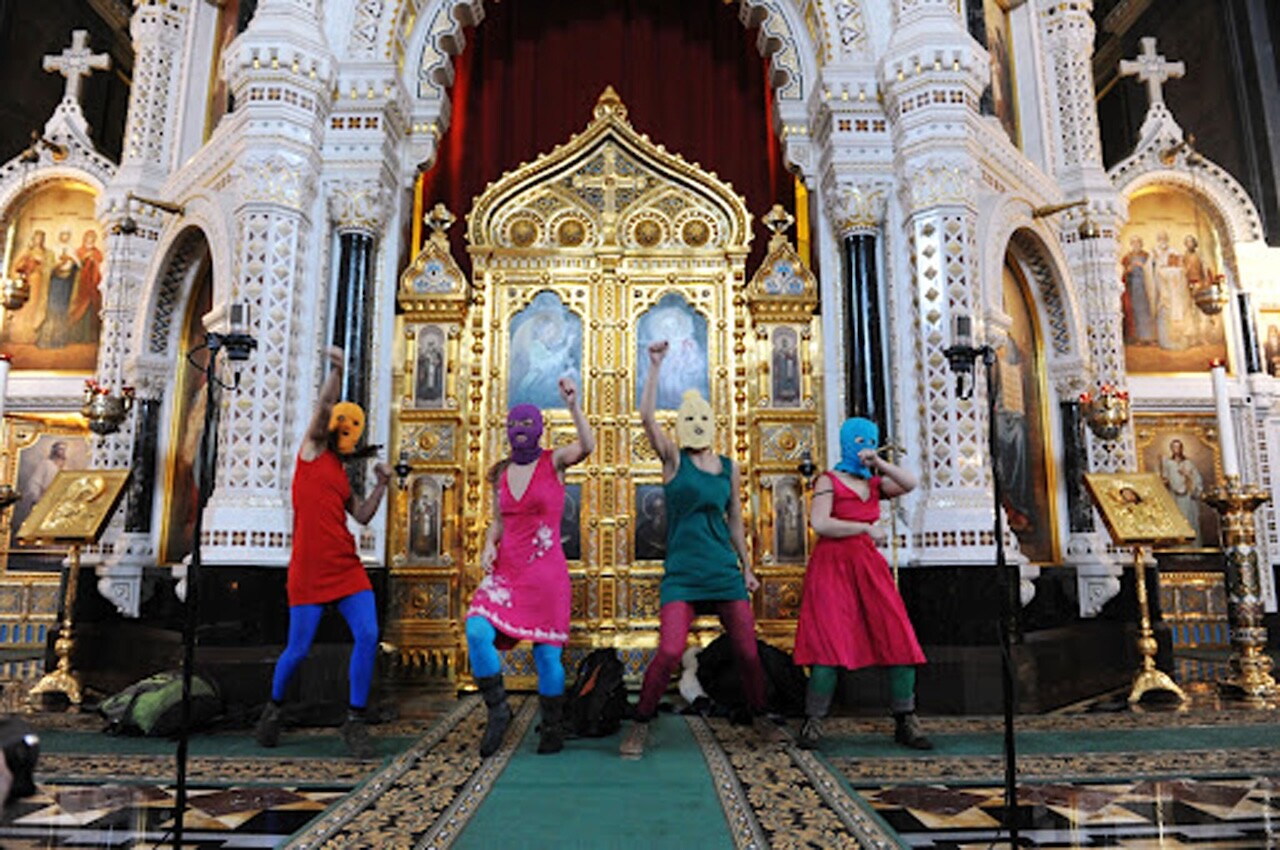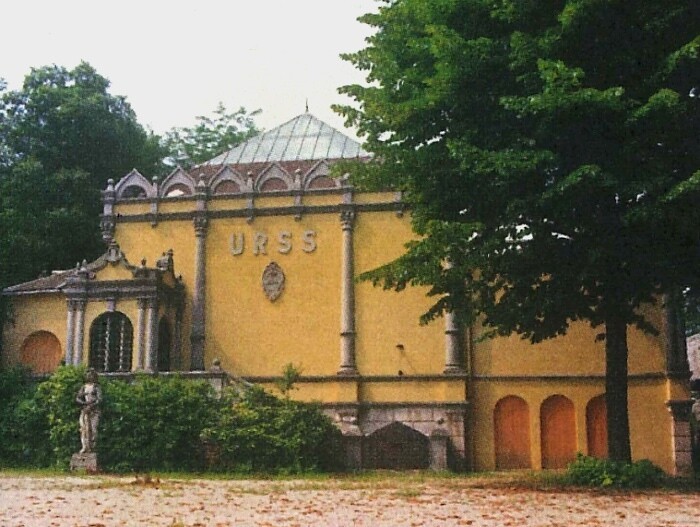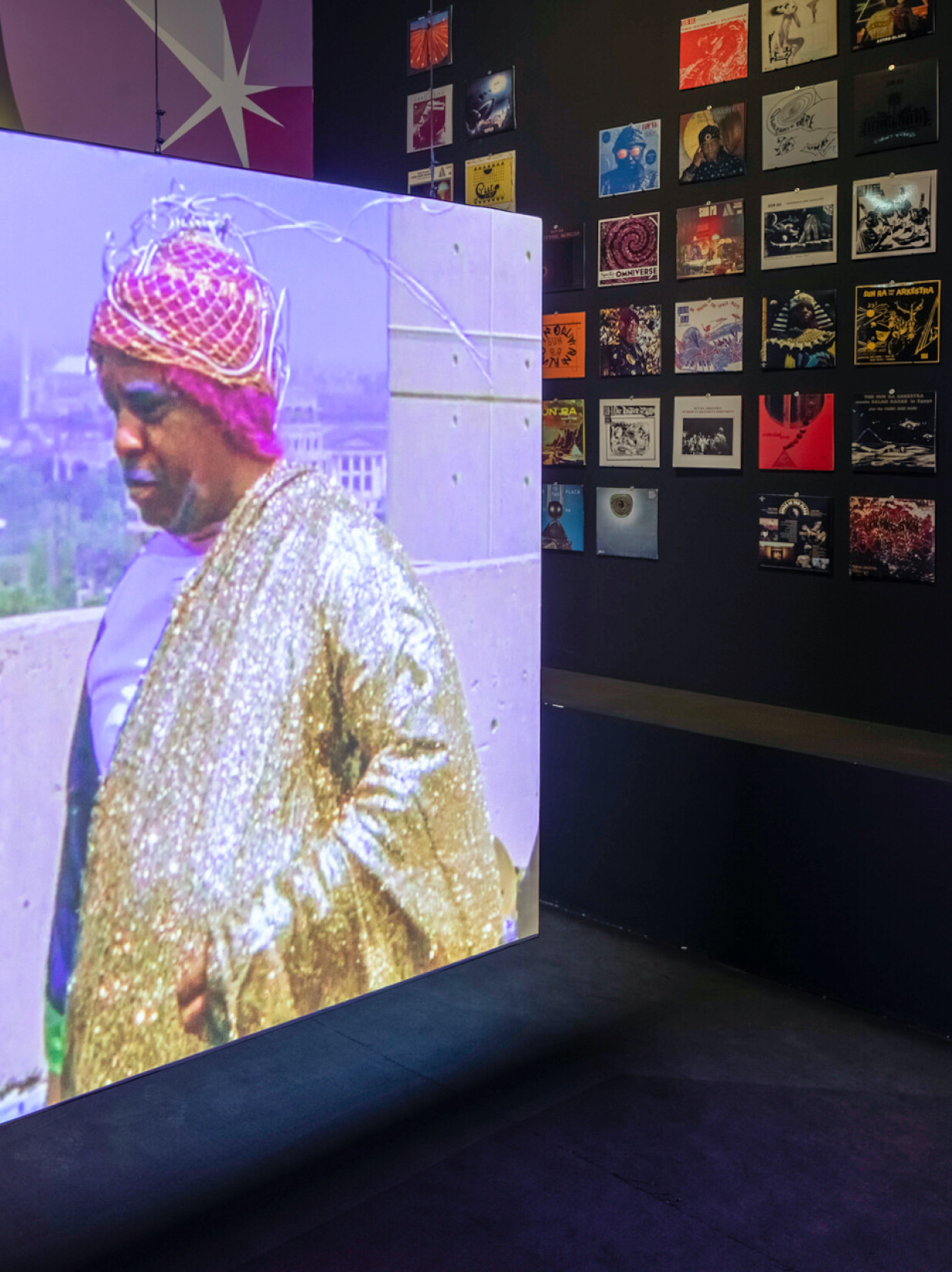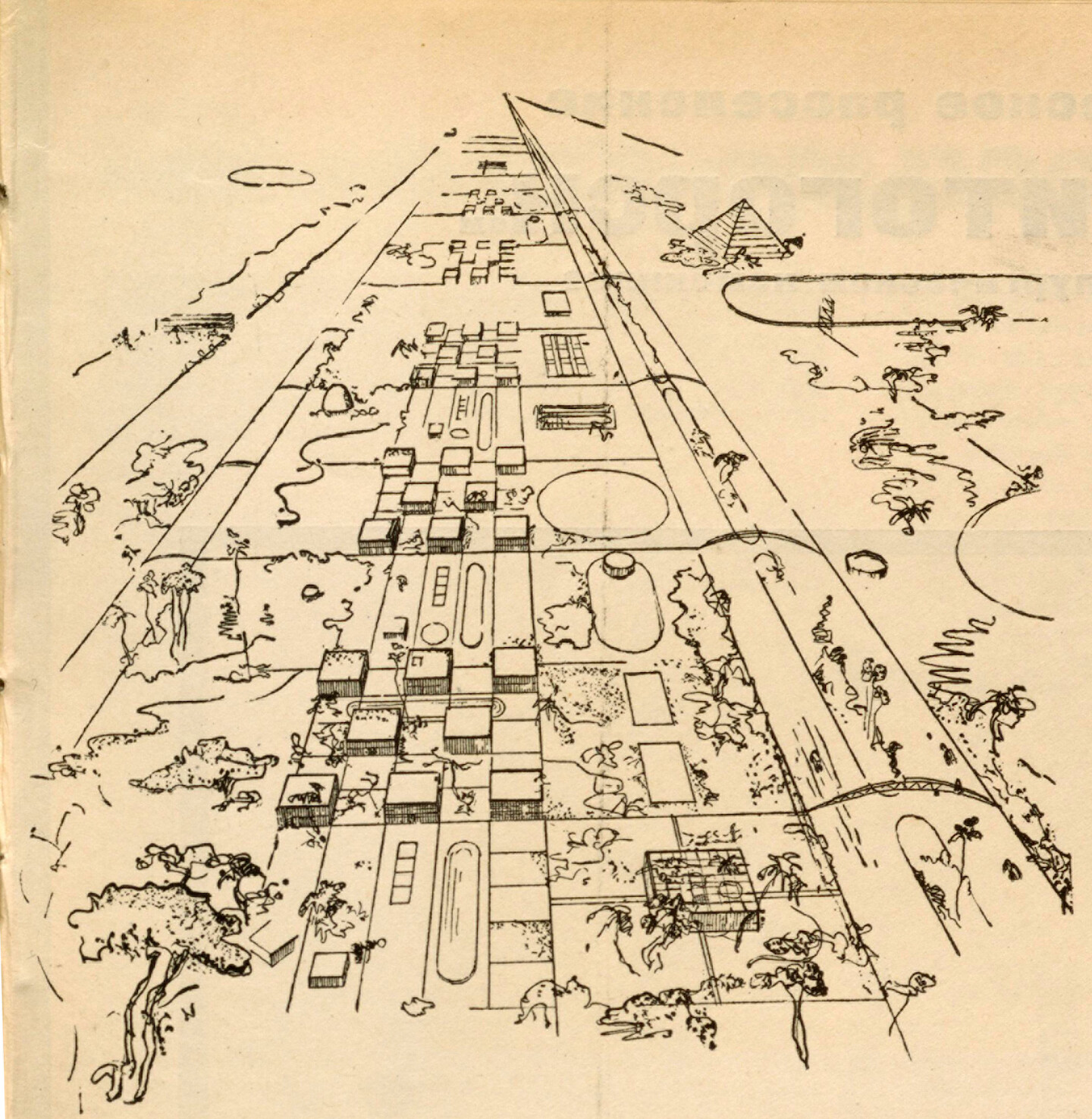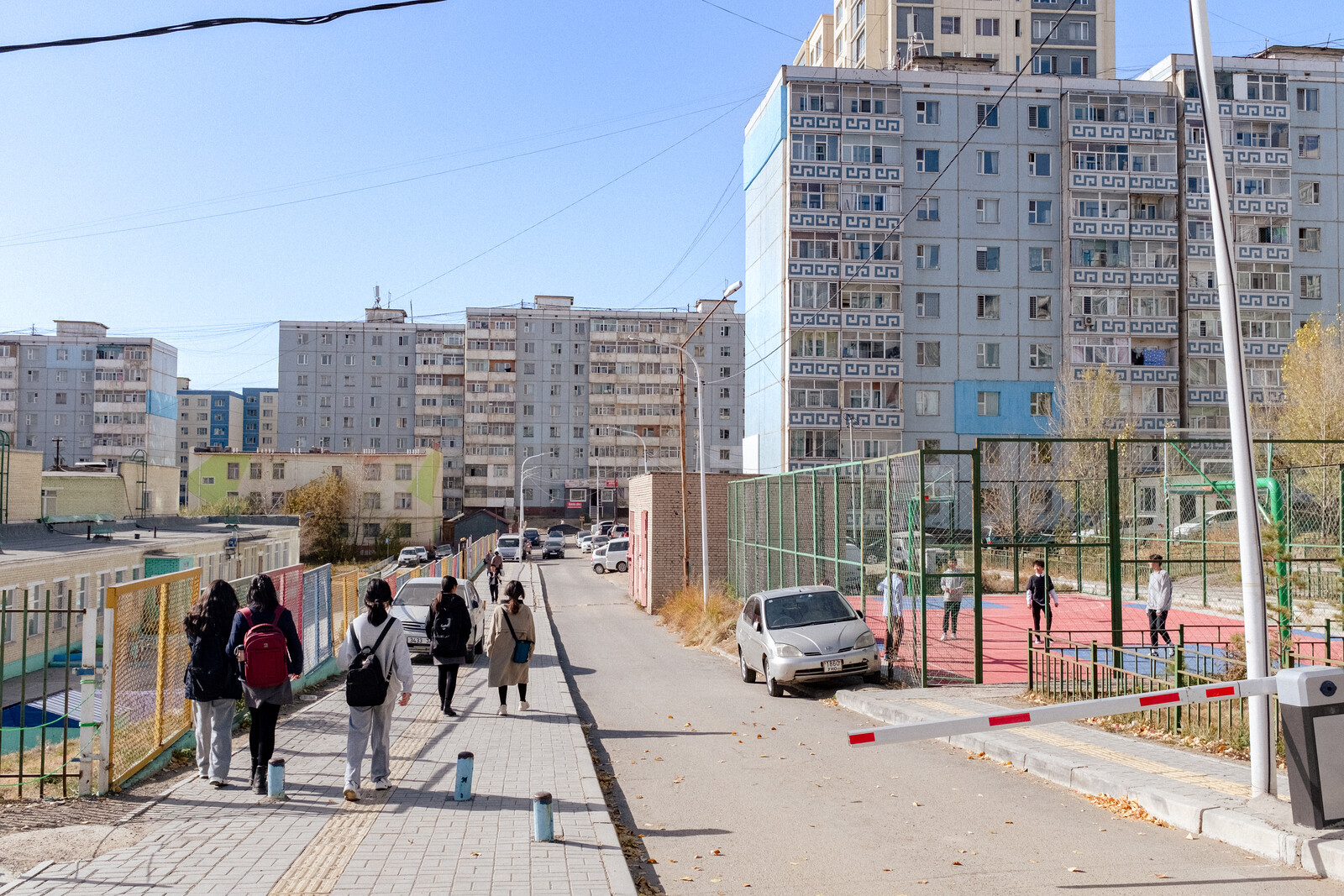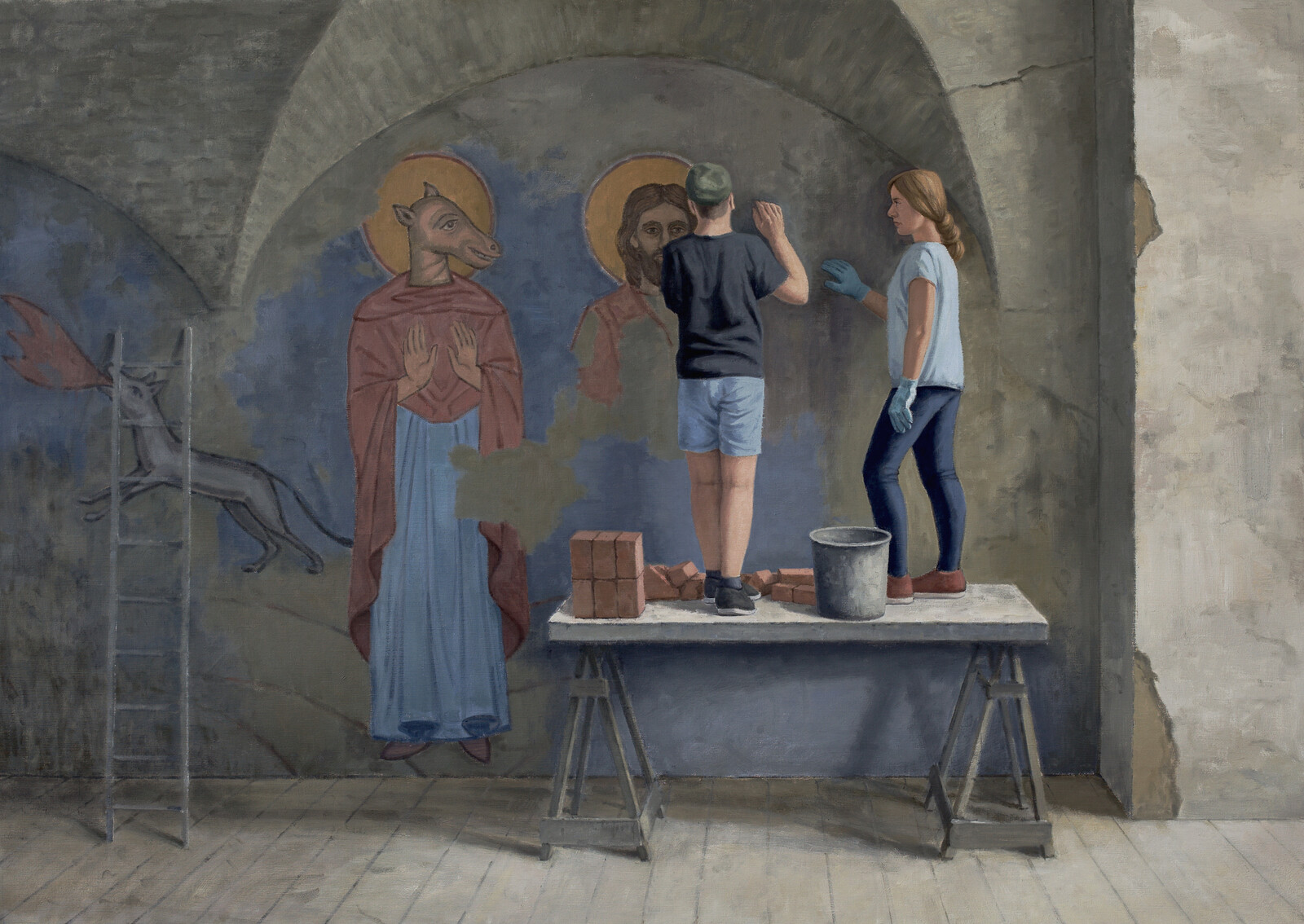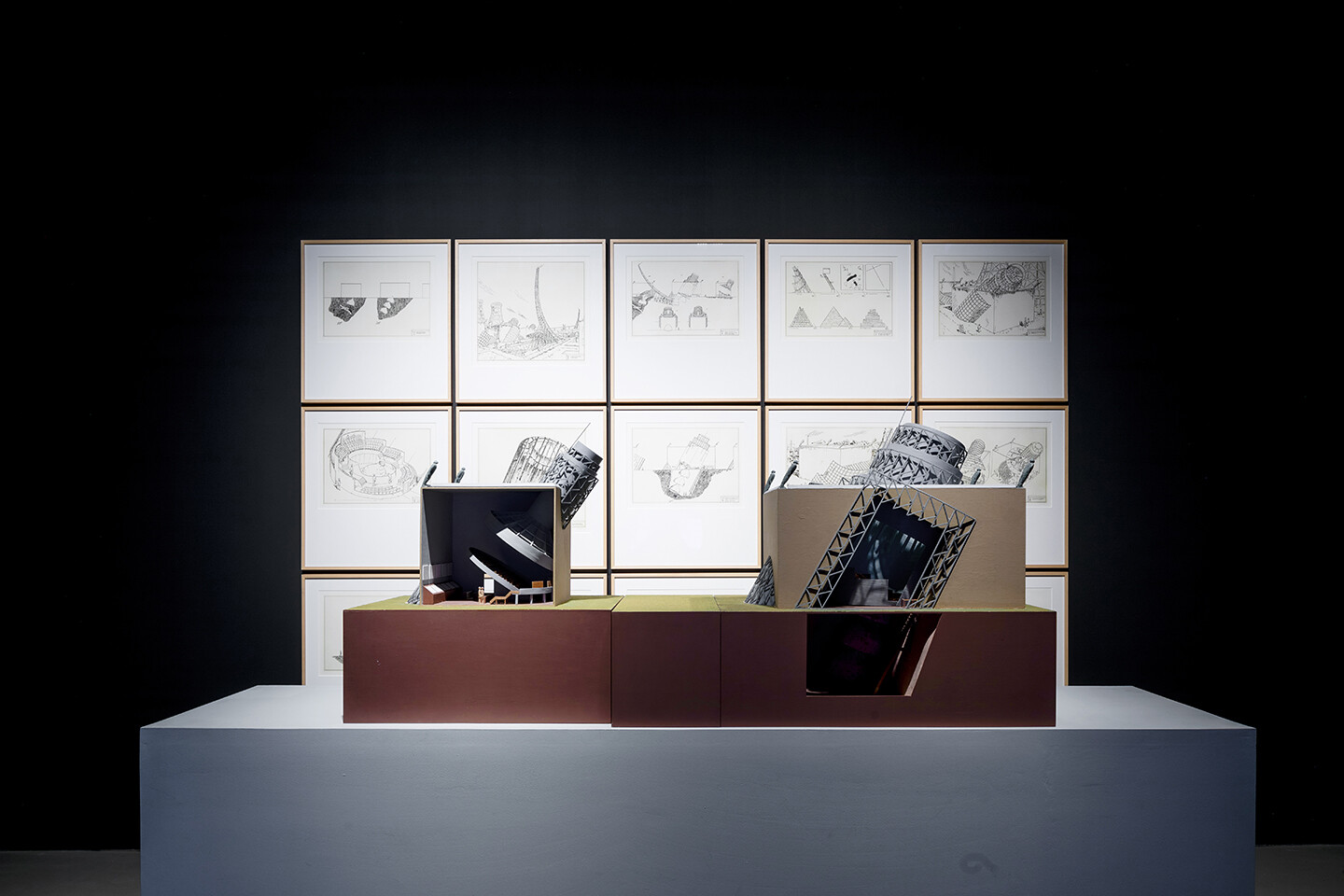Boris has been very close to artists ever since his student days and, while I hesitate to think of him as an art historian or a curator, his insight into art and its practitioners is unprecedented for a theoretician. Maybe this is why the Gesamtkunstwerk Stalin book he gave me years ago was so important for me in seeing the relationship between the incredibly complex trajectory of the Soviet avant-garde and the brutal velocity of dictatorial power: the total work of art that the USSR briefly embodied, and where I came from.
What is, then, organization? Aleksandr Bogdanov’s Essays in Tektology offers two distinct and complementary definitions, one indirect, the other explicit. If human labor discovers that “any product is a system organized from material elements by means of joining them with the elements of energy of human labor,” then it is possible to generalize from this that organization consists of the joining of elements through the expenditure of energy. “No conjunction whatsoever—not only this, biological, but none whatsoever, in the most general tektological sense of the word—can occur without an expenditure of activities,” hence also energy.
In ORTA’s Spectacular Experiments, which are always site-specific, mise-en-scène arises from the unpredictable monologues, sounds, and movements of a wide variety of people on the one hand, and equally surprising, mobile, sometimes exceptionally large-scale trash compositions on the other. One can always sense the endless, un-appropriable movement of thought and matter fluxes that carry, permeate, and reassemble all the moments of the performance, plunging it into a zone of indistinguishability between the imaginary and the real.
According to Evald Ilyenkov, the dialectic process must have no beginning and no end; it must be infinitely circular. Such an infinite circulation presupposes that at the end of every cosmic period, every humanity takes the decision to explode itself and thus let the universe start a new cosmic period. Here dialectical materialism is inscribed not merely into historical materialism but into the symbolic exchange between universe and humanity, between nature and spirit.
Christina Kiaer, Collective Body: Aleksandr Deineka at the Limit of Socialist Realism
Launch of e-flux journal issue #142: Cosmos Cinema
Methodologically speaking, it might be said that all of Ilya and Emilia Kabakov’s installations are in some way or another connected with a special structured experience of space, echoing the transformations of the starry sky. But there is one installation in which the sky also becomes the center of gravity. We are talking about perhaps their most famous installation, The Man Who Flew into Space from His Apartment, first shown in the Kabakovs’ Moscow studio in 1985. The viewer is presented with a room in a communal apartment that has been sealed off by investigators. The room’s resident has, with the help of a homemade device, escaped Soviet reality and is hiding in the sky.
